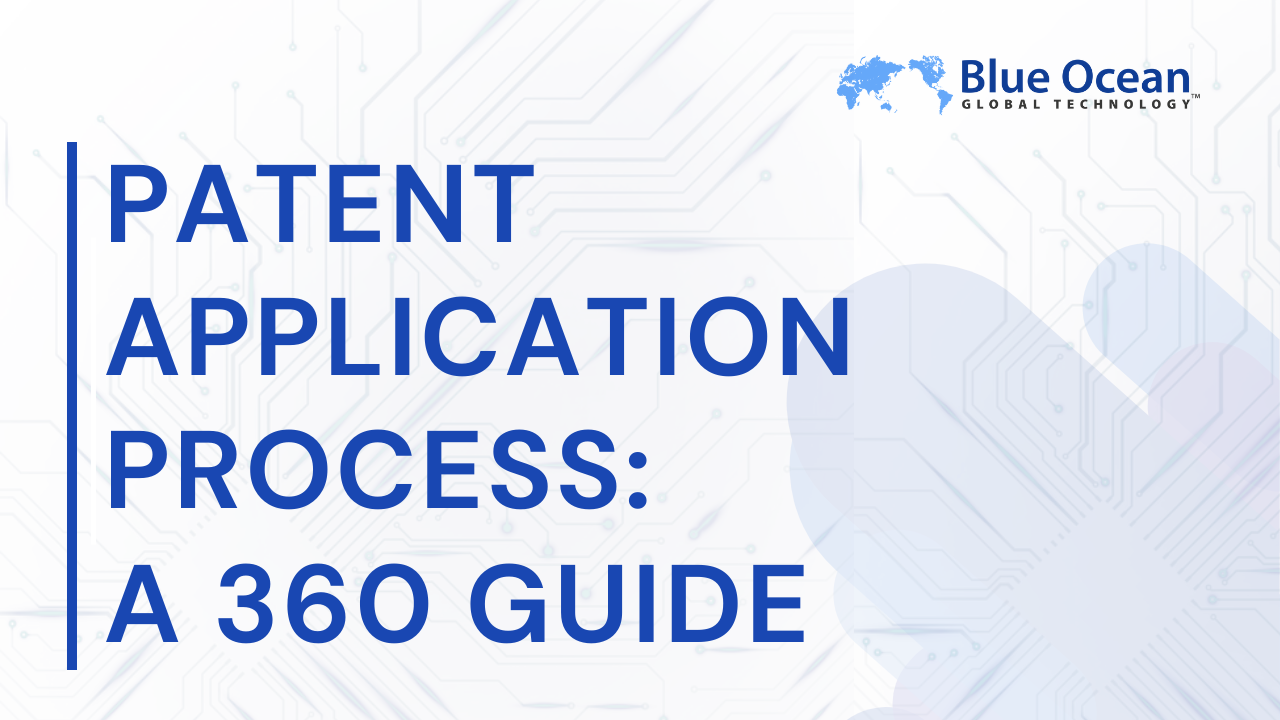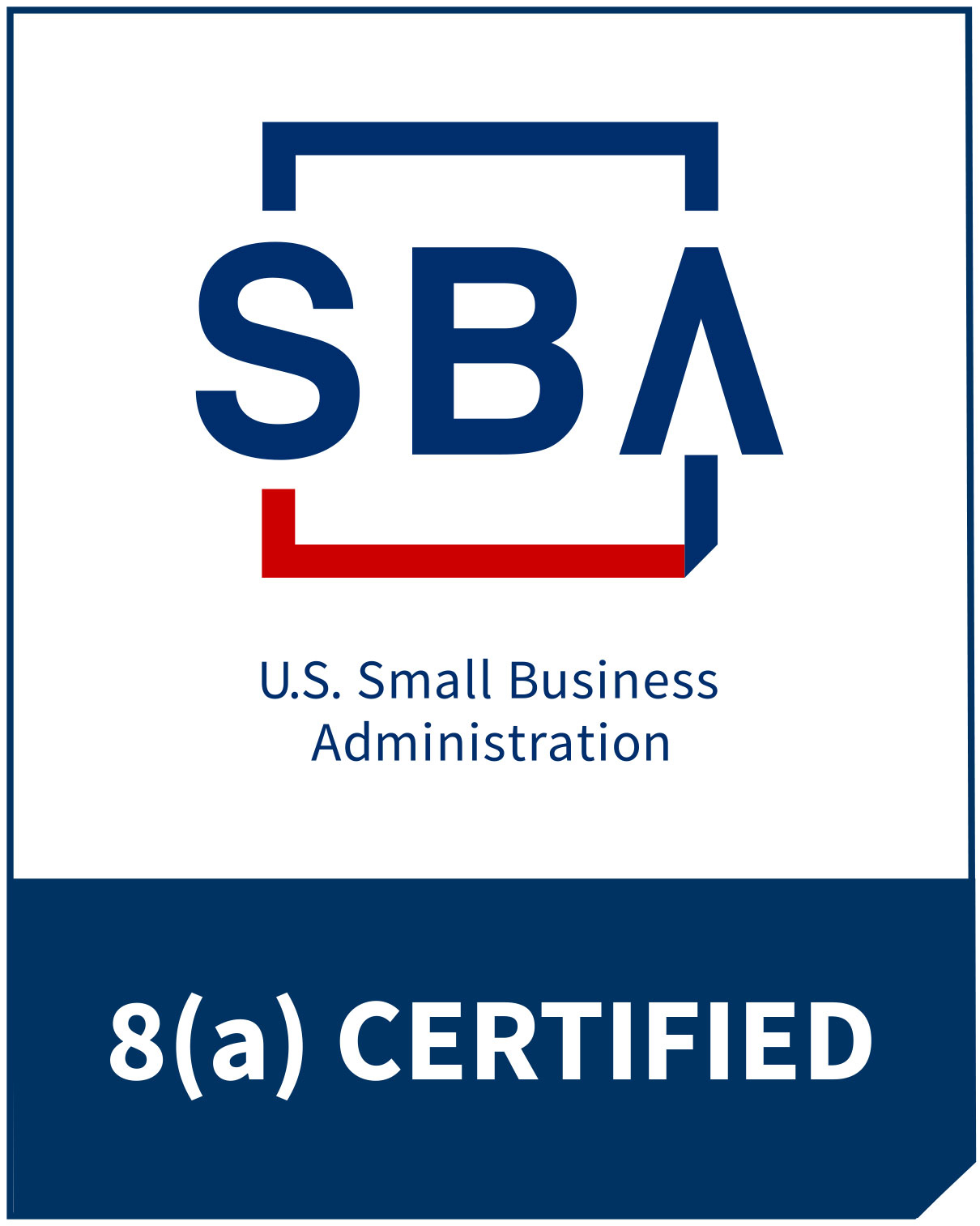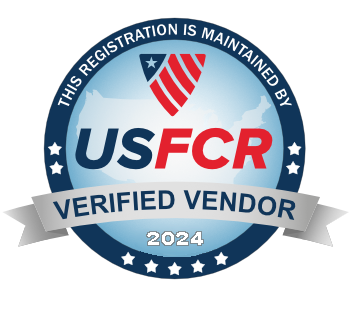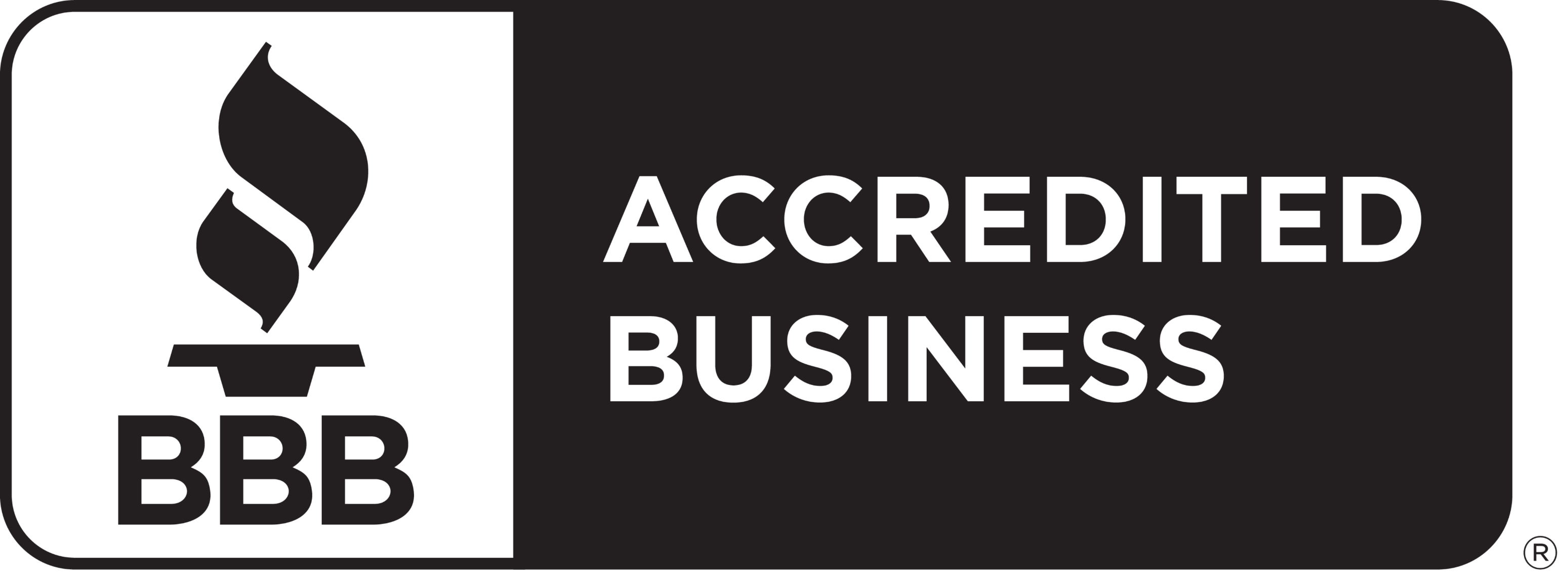Overview
- Patents are a form of intellectual property granted by respective governments to a natural or legal person.
- The application process of patents involves several steps, each step needs to be completed with due diligence to become a patent holder.
- The invention in order to be patentable should be novel, capable of industrial application and should involve an inventive step.
Safeguarding one’s intellectual property is equally important as safeguarding tangible assets. Understanding the patent application process and how to navigate it with ease, thus becomes important. This article is a dive into the world of patents and their application process.
What are Patents?
Patents are a form of intellectual property granted by respective governments to a natural or legal person. They are granted for inventions. In simple terms, an invention involves a product or process. An invention must provide a novel way of doing something or offer a new technical solution in that field.
A Patent is granted for an invention that is new, inventive, and has industrial application.
Patents grant exclusive rights to the inventor for making, importing, licensing, or selling the invention.

Types of Patents
Depending on the kind of product or process invented there are broadly three different types of patents. The three main types of patents are:
-
Utility Patent:
A utility patent is granted for a machine, system, or process. It protects the functional aspects of an invention. It is not granted for the appearance, but for their functionality.
-
Design Patent:
A design patent protects a product’s visual appearance or ornamental aspects, not its functional aspects. Ornamental aspects include size, shape, colour, dimensions, etc.
-
Plant Patent:
A plant patent is an intellectual property that protects a plant’s new and unique characteristics. A patentable plant could be natural, bred, or somatic. It protects the plant owners’ right to use, own, and sell the said plant.
What is the Patent Application Process
Applying to get a patent registered is a long process involving a number of steps. It requires the filing of a patent application before the patent office of the relevant jurisdiction. This application is a techno-legal document outlining the functional, structural and technical details of the invention. Details of patent offices can be found in the Patent Office Directory. Now let us understand the steps involved in the patent application process.

Steps Involved in the Patent Application Process
There are several steps involved in this process. These are explained briefly hereunder:
-
Idea Incubation:
The first and foremost step involves formulating an idea. It needs to be novel, capable of industrial application, and non-obvious.
-
Patent Drafting:
The application needs to be drafted with utmost detail, keeping in mind the technicalities, structural and functional details. Emphasis is to be supplied on the novelty, industrial application, and the inventive step in that application.
-
Filing the Patent Application:
The drafted application needs to be filed in the respective patent office. Details of patent offices can be found in the Patent Office Directory.
-
Publishing the Application:
Patent applications are published after a set period of 18 months from the date of filing the application. Either this or at the earliest priority date whichever is earlier.
-
Requesting Examination and Response to Objections:
At times, the patent office files objections to an application. In that case, a formal reply addressing the objections is filed.
-
Patent Grant:
The patent is granted if the patent is considered to be patentable as per the application. The term for Patent Expiration is typically 20 years from the date of grant of the patent.

The Essentials in a Patent Application
The entire Patent application process would be fruitless unless the application proves patentability. Patentability of an invention relies on the below-mentioned pillars that are essential to every patent application.
-
Novelty:
The invention must be novel, i.e., it must not have been made public before the date of the application.
-
Industrial Application:
The invention should be capable of industrial use in an industry. In other words, it must be possible to manufacture the said invention.
-
Inventive Step:
The said invention, product or process, must be an inventive solution. It must be non-obvious in the common knowledge of that industry. To be considered inventive, the solution must not be obvious to a skilled person in that industry.
Worried About Filing a Patent Application?
Meet our global team of experts to help you navigate the process smoothly.
Conclusion
Patents are granted for an invention that is patentable. A patentable invention needs to be novel, capable of industrial application and involving an inventive step. The Patent application process is a cumbersome one but can be navigated with ease with proper information and guidance.
Frequently Asked Questions
1. Who can apply for a patent?
Any natural or legal person can apply for a patent. They could either be a true and first inventor or their assignee. In addition, legal representatives of a deceased person can also file for a patent.
2. What is the patent expiration term?
The validity of a patent depends from country to country. However, generally speaking, it is 20 years from the date of filing the application. The patent expiration term has certain exceptions including private use, research exemptions and exhaustion.
3. What are the elements of a patent application?
A patent application consists of a title, description, claims, drawings, fees, oath, or declaration among other things. It also contains the transmittal form or letter, application data sheet and abstract.
Concerned About Protecting Your Intellectual Property?
Together with our team of dedicated professionals, we will achieve desired results.













